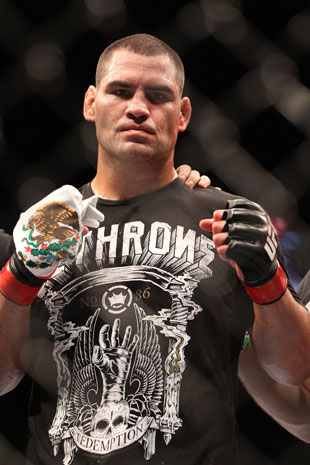In an article discussing the need for innovative products and profitable service offerings, Vinutha V., points out that, ?improvements are only the expected results, not the source of competitive advantage. Improved product development through innovation arises from the knowledge and experience of employees.? [Source: The Financial Express - appearing in ZDNetIndia News]
Soft skills, ?holistic development?, ?employee empowerment? and other terms are merely euphemisms for leadership energy ? they are the process, purpose and principle which supply people with knowledge and propel them to take competent action.
?Is not the holy energy of true love ever sagacious, far-sighted and prophetic? Truth is not isolated: it is not a part, but the whole. It is love, and beauty, and joy. The wise man does not believe and opine, but he knows and is the very truth which he utters. His thought is action: his knowledge is love? [Emerson's Essays, by A Disciple, in the US Democratic Review Volume-16, Issue-84]
Leading is an act of energetic purpose ? it?s the directing,
focusing, shaping or configuring of energy towards a desired objective.
Over time and the distance of space, leaders use the energies available to them to become that instrument through whom energy propels the group.
Where does that energy come from? It is already present in many forms and places, specifically it is:
=> inside and outside the organization ? generally called the organization?s environment,
=> a function of an organizational sub-system [usually configured as a department or section with its own unique set of policies, processes & interactions] or from outside agencies that interact with the system,
=> the products, results or energy flows produced by employees and associates.
What does energy look like? Actually seeing energy with
the naked eye is impossible but with the aid of applied knowledge, we can see evidence of its effects.
Every manifestation of energy assumes an aspect of the following forms:
- A physical circumstance or object;
- An intellectual impulse or calculation;
- A spiritual activation or expression;
- A developmental permission or evolution
Skillful leaders sense the truths of energy, they use it to facilitate, enable, empower or enlighten their people. They use moments when energy is at its greatest strength to train or educate people and develop their commitment, self-actualization and abilities even further.
The 3 elements of leadership power are:
=> Enable or empower people [physical & develop]
=> Enlighten or educate people [intellect or inspire]
=> Energize or elevate people [inspire or develop]
We know that leaders like Jack Welch, Tom Peters, Gandhi, George Washington and Jesus Christ have understood these fundamental principles ? think of the substantial legacies left by those leaders, look at how they helped to accelerate the pace and light the way towards change and progress for their followers.
?Leaders aren?t born, they are made. And they are made just like anything else, through hard work. And that?s the price we?ll have to pay to achieve that goal, or any goal.? Coach Vince Lombardi
You can be the channel, instrument and focus through which energy works its magical transformations ? it?s up to you to make it so!
Copyright ? 2005, Mustard Seed Investments Inc.,All rights reserved.
????????????????????
ABOUT THE AUTHOR:Bill Thomas is publisher of leadership skills trainingmaterials. courses & programs. ?Your Leadership-UltraNet!? is the Web?s only ULTRA-Performance Empowerment System That Shows You How-To Think-like, Act-like, Behave-like, Believe-like and then Manage-like a Creative, Confident, Persuasive, Highly Effective Leader, Each & Every Day!
http://www.leadership-toolkit.com/skills.html
????????????????????
Source: http://www.moonsbeing.com/2012/12/29/3-Elements-of-Leadership-Power/
hepatitis c symptoms david bradley david foster wallace pinterest attwireless taylor swift zac efron the scream
 The UFC's end-of-the-year cards are usually stacked. Despite injuries, UFC 155 is no different. It features intriguing bouts that will answer some burning questions.
The UFC's end-of-the-year cards are usually stacked. Despite injuries, UFC 155 is no different. It features intriguing bouts that will answer some burning questions.